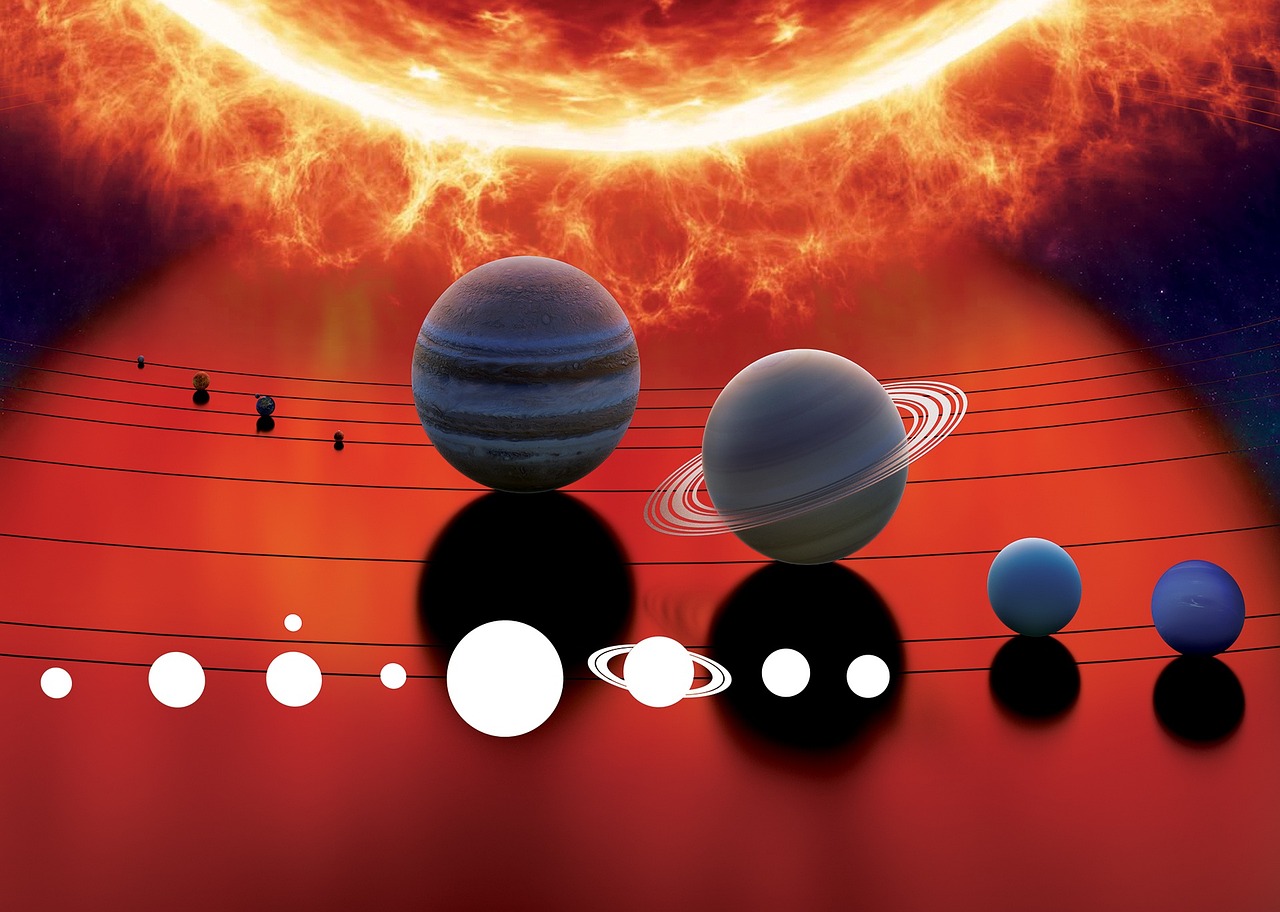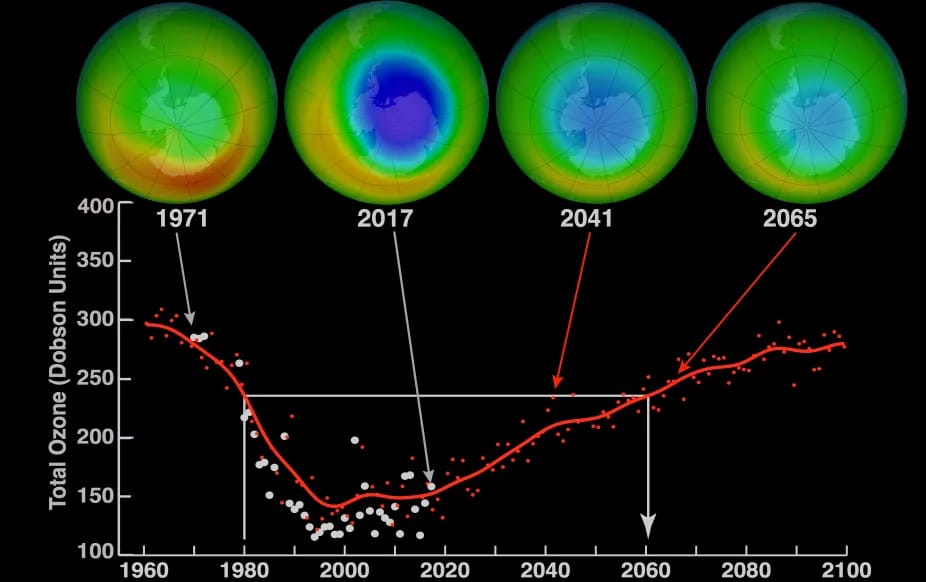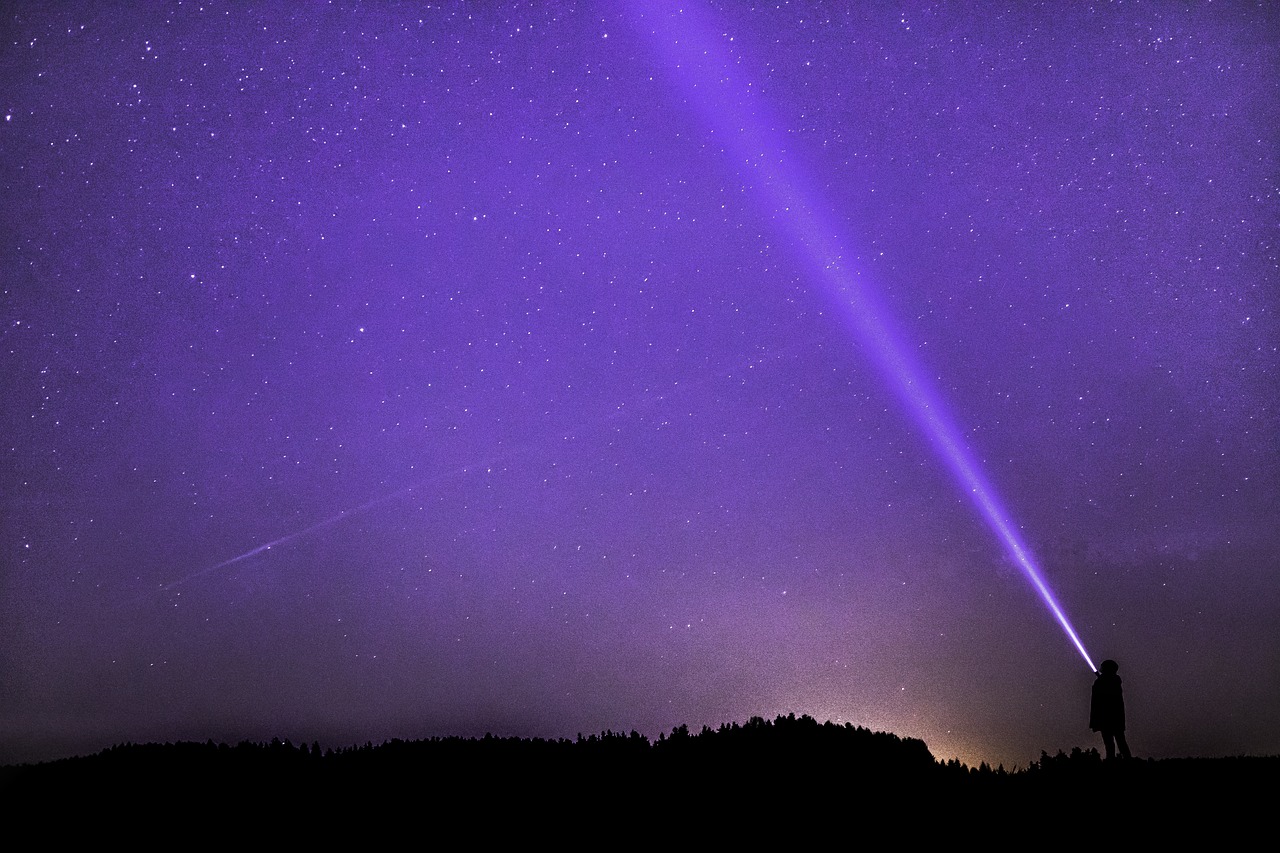Physics of the Solar System Bodies

Sun and the Planets
The dominant body in the solar system is the Sun. Let us consider some of its physical parameters:
- Radius: R = 696,000 km (109 Earth radii)
- Mass: M = 1.989 × 1030 kg (333,000 Earth masses)
- Gravity acceleration at the surface: g = 274 m/s2 (28 times Earth’s gravity)
The Sun contains 99.8% of the mass of the entire solar system.
Furthermore, the solar system includes the known eight large planets. Since the decision of the IAU in 2006, Pluto no longer counts as a large planet. The planets have diameters ranging from some 103 km up to 104 km. They move around the Sun in nearly circular orbits, all of which lie almost exactly in the plane of the ecliptic. The total mass of all the planets together is 448 Earth masses.
The Planets
Enumerating the planets according to their distance from the Sun:
- Mercury
- Venus
- Earth
- Mars
- Jupiter
- Saturn
- Uranus
- Neptune
The newly defined group of the dwarf planets includes Pluto and other objects (Sedna, Ceres, etc.).
Other Solar System Objects
- Asteroids: Mostly smaller than 100 km, located mainly between Mars and Jupiter.
- Kuiper Belt Objects: Beyond Neptune, including Pluto.
- Moons: Satellites of major planets and dwarf planets (e.g., Pluto has five moons).
- Comets: Found in Oort's comet cloud, producing tails when approaching the Sun.
- Interplanetary Matter: Meteoroids, gas, and dust, visible as Zodiacal light.
A Model of the Solar System
The Solar System as Seen from Outside
From the nearest star (Alpha Centauri), the solar system would appear as follows:
- The Sun would have an apparent magnitude of 0.4 and appear as a bright star.
- Earth would have a brightness of 23.4 and be 0.76” from the Sun.
- Jupiter would have a brightness of 22.0 and be 3.94” from the Sun.
Planets do not shine by themselves; they are faint and outshone by their parent star. Detecting extrasolar planets is challenging and often relies on indirect methods such as gravitational microlensing.
Types of Planets
- Terrestrial Planets: Mercury, Venus, Earth, and Mars. They have high density and a solid surface.
- Giant Planets (Jovian Planets): Jupiter, Saturn, Uranus, and Neptune. They are gas planets with no solid surface.
- Ice Planets: Uranus and Neptune, having large cores of ice.
Similar Post You May Like
-

CFCs, HFCs and their long, troubled history
At its peak, the ozone hole covered an area 7 times larger than the size of Europe, around 29.9 million km2, and was rapidly expanding
-

The Origin of Universe: Deciding point where it all began!
Let us unravel and surf through the ideas throughout ages to understand what the universe and its origin itself was to its inhabitants across history.
-

The Artemis Program
Inspired by the Greek goddess of the Moon, twin sister to Apollo, the artimis program was named on 14 May 2019 by Jim Bridenstine.






